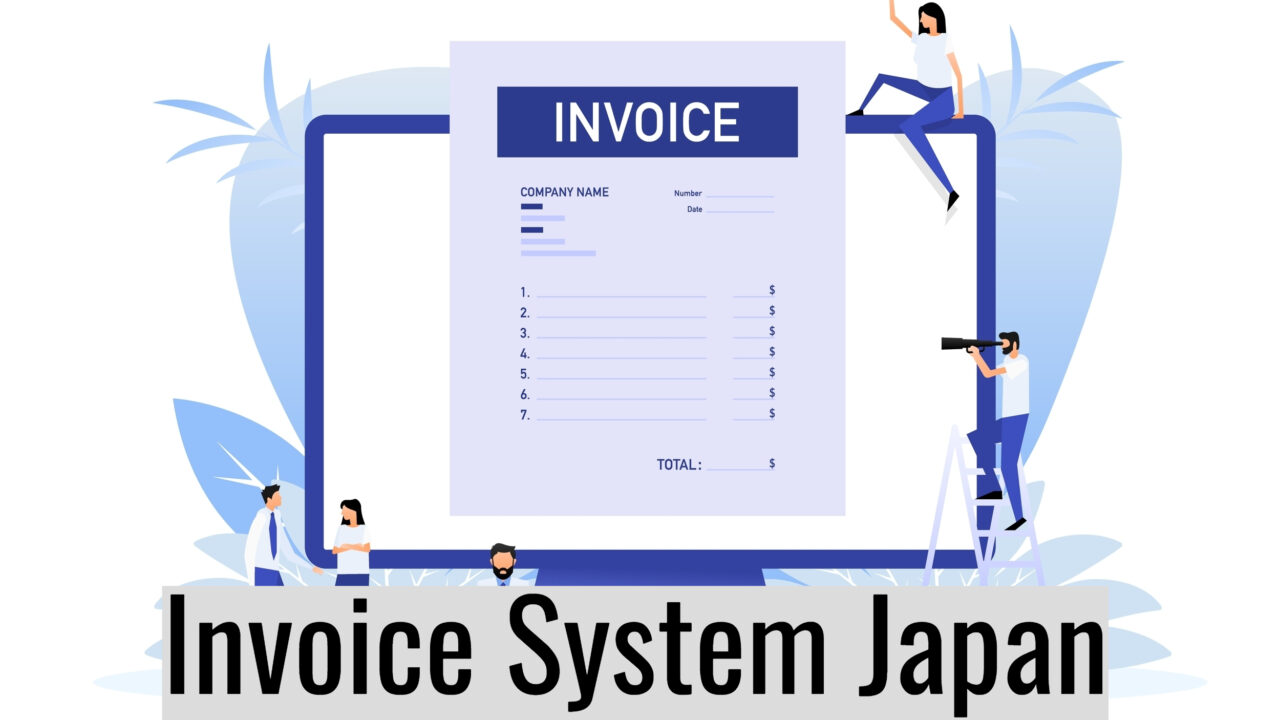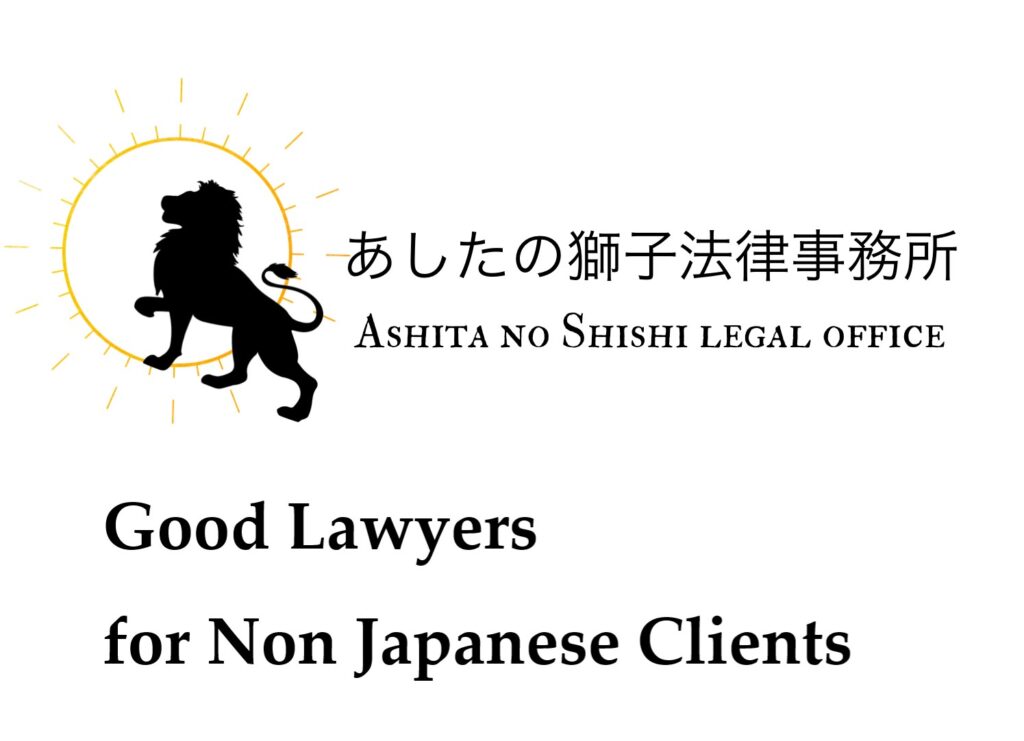The New Invoice System in Japan: Complete Guide for Freelancers and Small Business Owners
Starting October 2023, Japan implemented a major change to its tax regime: the Invoice System. While this might sound like just another bureaucratic update, it actually marks a fundamental shift in how consumption tax (VAT) works in Japan—and it has major implications, especially for freelancers, sole proprietors, and small business owners.
In this guide, we’ll explain:
- What the new Invoice System is
- Why it matters for your business
- The historical context behind the change
- What you can do to adapt
- And what to expect in the coming years
Let’s break it down.
🧾 What Is the Invoice System in Japan?
The Invoice System (インボイス制度) is a new requirement introduced by Japan’s National Tax Agency to ensure accurate documentation for consumption tax (消費税) credits.
As of October 1, 2023, businesses that want to claim input tax credits (i.e., deductions for the consumption tax they paid on purchases) must receive a Qualified Invoice from their suppliers.
What Is a Qualified Invoice?
A Qualified Invoice is an invoice that:
- Is issued by a registered business (Qualified Invoice Issuer)
- Includes a registration number
- Clearly separates the price and consumption tax
- Meets specific formatting requirements set by the tax authority
🧮 Japan’s Consumption Tax System: A Quick Overview
Japan’s consumption tax is currently 10% and applies to most goods and services.
- This tax is indirect—consumers pay it, but businesses collect and remit it to the tax office.
- However, until now, small businesses with annual sales under 10 million yen were considered tax-exempt and didn’t have to remit this tax.
- Even so, they could still charge consumption tax to their clients—and keep it. This portion they retained was known in Japan as “益税 (ekizei)” or tax-retained profit.
📉 Why the Change? Understanding the Background
🎯 What Is “Ekizei” and Why Was It Controversial?
Under the old system, many small businesses were legally able to collect consumption tax without paying it to the government. This gave them an effective financial advantage.
- Originally, businesses with sales under 30 million yen were tax-exempt.
- In 2004, this threshold was reduced to 10 million yen.
- During that time, the consumption tax rate rose from 5% to 10%, meaning small businesses were effectively keeping more money per transaction, while large companies had to remit more tax.
🚨 The Problem
Many saw this as unfair—especially larger, taxable businesses. There was also concern that the system distorted competition and reduced tax transparency.
In response, the government introduced the Invoice System to:
- Standardize invoicing practices
- Prevent untracked “retained” consumption tax
- Increase tax fairness across business types
🚧 How the New Invoice System Affects Freelancers and Small Businesses
Here’s the catch:
If you’re not a registered Qualified Invoice Issuer, your clients can no longer claim input tax credits when doing business with you.
That creates two big risks:
- Clients may stop doing business with unregistered freelancers or vendors altogether.
- They may demand lower fees to offset the lost tax credits.
So even if you’re legally exempt from paying consumption tax, you might lose clients or income because of your registration status.
📉 The Cost of Registration
If you choose to register as a Qualified Invoice Issuer:
- You give up your tax-exempt status
- You must file tax returns for consumption tax
- You must pay consumption tax on your sales
According to the Ministry of Finance, the average small business will pay around ¥154,000 per year after registration. Nationwide, this reform is expected to generate over ¥250 billion in additional tax revenue.
⏳ Transitional Relief Measures (2023–2029)
To cushion the blow, the government introduced a six-year transition period.
Who Is This For?
The transitional relief helps taxable businesses (such as corporations or registered freelancers) who continue buying from unregistered suppliers.
How It Works
Even if a supplier can’t issue a Qualified Invoice, the buyer can still claim part of the input tax credit, but only for a limited time:
| Period | Input Tax Deductible from Purchases with Unregistered Suppliers |
|---|---|
| Oct 2023 – Sep 2026 | 80% of consumption tax can be deducted |
| Oct 2026 – Sep 2029 | 50% of consumption tax can be deducted |
| After Sep 2029 | 0% (Full phase-out) |
This grace period gives buyers a reason to keep working with unregistered freelancers—but that benefit will completely disappear in 2029.
🧠 Strategies for Freelancers and Small Business Owners
If you’re a freelancer, consultant, creative, or small business owner, here are your options:
✅ 1. Register as a Qualified Invoice Issuer
This gives clients peace of mind and helps you maintain B2B relationships. If your revenue is growing, you’ll likely have to register sooner or later anyway.
🤝 2. Focus on B2C (Business-to-Consumer) Transactions
Private consumers don’t care whether you issue Qualified Invoices.
Shift to selling directly via online platforms, SNS, or marketplaces to avoid losing revenue due to the new rules.
🧲 3. Offer Unique, Irreplaceable Value
If your service is highly specialized or unique, clients may continue working with you—even if you’re not registered. Build a strong brand, offer unmatched quality, and set yourself apart.
📌 Final Thoughts: The Invoice System Is Here to Stay
The new Invoice System is more than a paperwork update—it’s a restructuring of how consumption tax works in Japan, with wide-reaching effects on freelancers and small businesses.
While the loss of the “tax-retained profit” may feel unfair, adapting to the new rules is essential for survival and long-term growth.
Understand the system, assess your business model, and make strategic decisions—before 2029 arrives and the transitional period ends.










